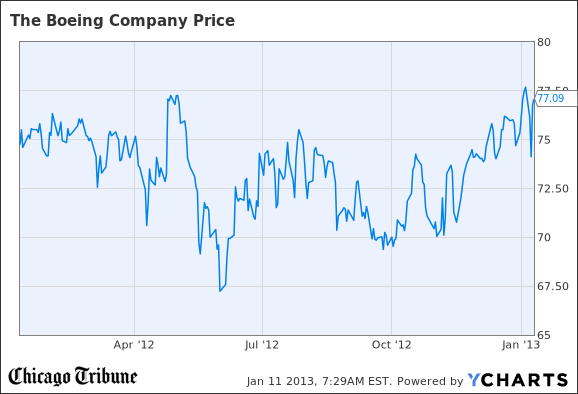He won the lottery, then he was poisoned to death. A judge's ruling Friday to have Urooj Khan's body exhumed could give his family and police answers about how cyanide got into his system.
A tearful relative said she hoped "justice will be served" after a judge quickly gave approval today to exhume the body of the million-dollar lottery winner who died of cyanide poisoning.
“We’ve been waiting for justice all this time,” said Meraj Khan, the sister of Urooj Khan. “I’m just so glad that justice will be served.”
Still, she said the thought of having her brother’s remains exhumed is distressing to the entire family. “This is not rest in peace,” she said. “But it’s an investigation, and hopefully the truth will come out.”
Khan died in July and his death was initially believed from natural causes. But after a relative raised concerns, comprehensive toxicological tests showed he had lethal levels of cyanide in his blood.
Judge Susan Coleman gave a quick OK to the request by the medical examiner’s office to exhume the body at Rosehill Cemetery on Chicago’s North Side. Court papers said the body was not embalmed, leading prosecutors to indicate it was “critical” to arrange for the remains to be exhumed as soon as possible.
In an affidavit, Chief Medical Examiner Stephen J. Cina said it was necessary to do a full autopsy to “further confirm the results of the blood analysis as well as to rule out any other natural causes that might have contributed to or caused Mr. Khan’s death.”
Authorities said the exhumation and autopsy could occur next week.
After the brief court hearing, Meraj Khan and her husband, Mohammed Zaman, were mobbed by reporters, cameramen and photographers.
Zaman said the last time they saw Urooj Khan was the day before his death. He came over to their house as usual, talked with their children and left. He seemed happy and healthy, Zaman said.
Meraj Khan recounted that at about 4 a.m. the next day, July 20, she was awakened by a phone call from her brother’s line. It was the first day of the Muslim holy month of Ramadan and she thought her brother was up early because of that. Instead, she said, she heard horrible screaming at the other end of the line.
“I couldn’t understand what was happening,” she said. “I heard screaming, and that’s all. So I woke him (Zaman) up. But I still don’t know who made that call.”
He died a short time later at an Evanston hospital.
“It’s hard for me to believe even now,” Meraj Khan said. “How could they do this, whoever did it?”
Meraj Khan and her husband said they could not comment on the police investigation, but they said they knew that at the time of his death, the only people in the home were Khan, his wife, Shabana Ansari, her father Fareedun Ansari, and Khan’s teenage daughter from a previous marriage.
Asked about IRS liens that had been placed against Fareedun Ansari, because of $120,000 in tax debt, Zaman said they were shocked to read about it in the Tribune this week. He said neither Urooj Khan nor Fareedun Ansari ever mentioned it to them.
Zaman said Fareedun Ansari had returned to live with his daughter and Khan last year after he’d moved to New Jersey to run a small convenience store that ultimately failed. He said Fareedun Ansari spent decades working for Urooj Khan’s father in India before coming to Chicago to help out with Khan’s growing dry cleaning and real estate businesses.
Meraj Khan, who last year was granted custody of her brother’s 17-year-old daughter, Jasmeen, said the girl is having a rough time dealing with the mystery surrounding her father’s death and all the recent media attention to the case.
“She’s very devastated. I’m trying to keep her cheerful, but it’s just very hard,” said Meraj Khan, choking back tears. “She’s 17. It’s very hard for her to cope with everything that’s going on.”
The family of Khan's first wife has also expressed concern about Jasmeen. Maria Jones, whose rocky three-year marriage to Khan ended in a bitter divorce in the late 1990s, was told by Khan’s family that he had taken their child back to his native India, according to Jones’ current husband, Bill Jones.
She hadn’t seen her daughter in more than 13 years but learned from the publicity this week about Khan’s death that he and Jasmeen had been living in Chicago all along, Bill Jones said.
But Maria Jones is anxious to rekindle a relationship with her daughter if possible, according to her husband.
"(Jasmeen) was 4 or 5 years old the last time she saw her," Bill Jones said in a telephone interview. "Who knows what she's been told about her mother all these years?"
Maria Jones even changed the family's answering machine in case her daughter calls. “If this is Jasmeen, please leave your number and I will call you,” it now says. “I’ve been waiting to hear from you. I love you.”
According to Cook County court records made public today, Maria Jones obtained multiple orders of protection as part of her 1998 divorce from him.
In one, Maria Jones alleged that Khan repeatedly had threatened to kill her and their daughter, then 4, if she filed for divorce. She also alleged he repeatedly physical abused her son from a previous marriage and contended she had to remove the boy from the home.
jmeisner@tribune.com











